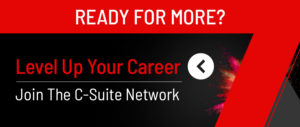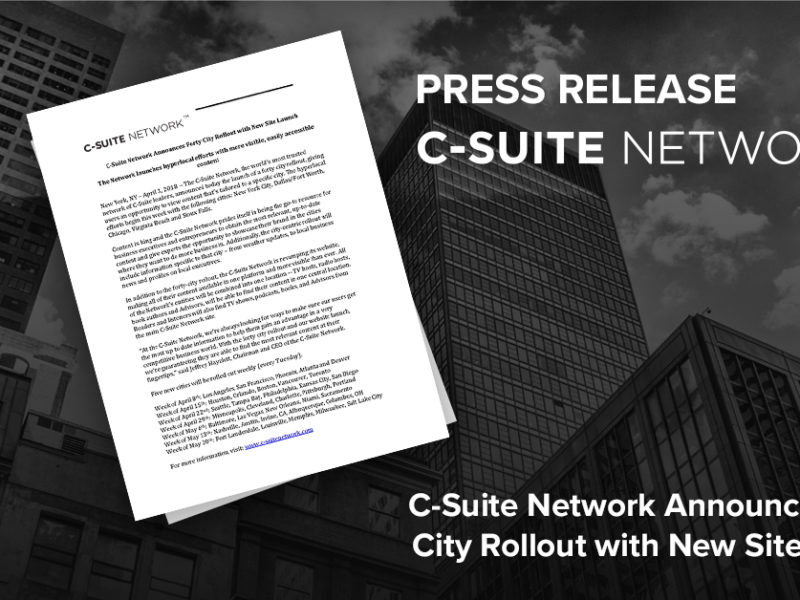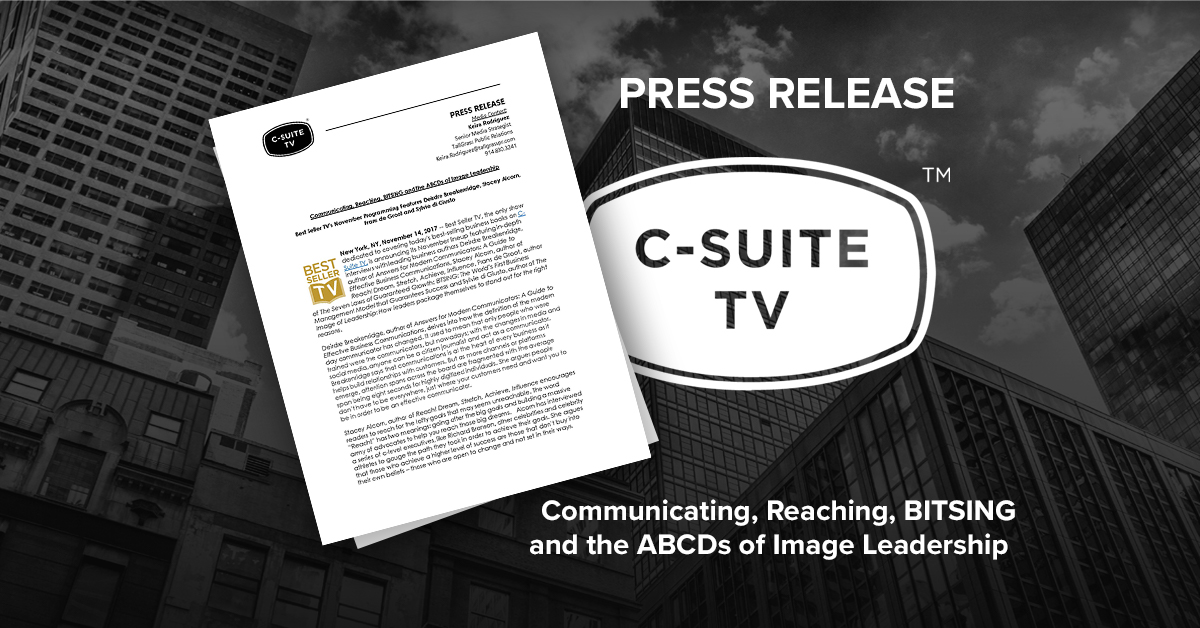
Disrupting the Market: Two Opposing Sales Strategies & Who Wins?
Disrupting the Market: Two Opposing Sales Strategies & Who Wins? https://csuiteold.c-suitenetwork.com/wp-content/uploads/2016/10/Marketing-Disruption2_500x500.png 500 500 C-Suite Network https://csuiteold.c-suitenetwork.com/wp-content/uploads/2016/10/Marketing-Disruption2_500x500.pngby Lee Bartlett
The benefits and shortfalls of two strategic approaches to entering an immature market.
Strategic Approach #1
Company A identifies the opportunity, has an existing product suite and successful track record of releasing similar products. They assemble their best team and build a competing product. The support of potential customers has been gained, the price point has been set, and pre-orders have been booked.
The price point is slightly under the highest competitor price to represent the premium value of the company brand, yet cheaper, as a compelling negotiation tool in a competitive pitch, when all other things are equal. The profit margins are healthy, and due diligence has shown there is ample time to reap the rewards before more players enter the market and push down the price.
A Senior Vice President of Sales is appointed. They are a big hitter with a long job title and corporate legacy, and this is the final piece in driving a market-leading product. With all of their corporate rules, processes, and jargon, they have experience managing hundreds of salespeople and have every angle covered. Everything is so beautifully predictable, and the only thing standing in the way of success is execution. It is a proven path to market that has stood the test of time. The product launches, sales are made, and Company A dominates through excellence. Perfect right?
Wrong.
Strategic Approach #2
Company B has identified the same opportunity. Their values are of equal merit – to do a great job and positively impact their clients – only, they approach it differently. The person driving this process is a maverick, whose only remit is to win. They are not governed by the same set of rigid rules as the corporate leader. This person also has an irrefutable legacy of delivery. They conclude that the existing suppliers are making outrageous profit margins, and it’s only a matter of time until someone takes advantage of this. It may as well be them.
They utilize their experience to set up a smaller, nimbler team with a sustainable lower cost base. The service is equally excellent, but more focused on a deliberate market segment to gain case studies. These deals are leveraged to move into the wider arena, as strategic partnership channels are formed and utilized to strengthen the offering. This maverick continues to leverage his contacts and senior level experience to build relationships with the bigger companies, subsequently, cutting everyone a compelling deal.
The price point is 50% less than the highest competitor, and the market dives into turmoil. Existing players align to discredit the new entrant, but it’s too late. They have gained the trust of credible clients and can prove it. Company A watches their customers change allegiance, because they can’t justify paying double for the same service.
Company B and their leader used a disruptive pricing tactic to smash their way into the market and rebuild it in their favor. They have taken a short-term view and ruined it for everyone. So, why would they do it? There are many reasons to exploit this tactic.
Most commonly, I see disruptive tactics when a large company wants to diversify or balance their product portfolio. They might choose to use this method to enter new geographical locations, demonstrate to investors their ability to invest in high growth areas, or maximize their multiple prior to sale.
Which approach is better?
Neither is more effective than the other. Each is equally legitimate and capable of defeating the other. Both were built on sound business practices, and the predictability of process is a weakness that can be exploited the same way as a strategy that relies on high-risk antics. There must be balance and, as the barriers to technological innovation disappear, the modern day VP Sales faces a greater set of challenges. They must be more adaptable and better prepared for every eventuality, as part of their immediate and ongoing strategy.
What could company A have done to negate this risk?
Pressure on price is an inevitable consequence of competition entering the market. Company B accelerated this process and caught their adversary off guard, with the speed in which they did so. The short-term strategy of Company A should have neutralised this disruption from the outset by focusing on their most powerful attribute – selling their new offering as part of their entire product suite.
All of this is high level, and pricing policy is just one example of a potentially disruptive tactic. It has allowed me to demonstrate the point I want to make: Is there a gap in your strategy that a disruptive tactic could expose? Is there a disruptive tactic you are missing to gain market share?
Please comment, share, connect…
Happy Selling!
ABOUT THE AUTHOR
Lee Bartlett has enjoyed a highly successful sales career working for a variety of tier 1 institutions. He has held roles in large US, UK and European-based corporations, and sold extensively across most countries in these regions, as well as in Asia. With extensive experience selling to the financial sector and C-Level executives, He has built multi-national sales teams, been co-founder and CEO of a tech start-up and has recently authored his first publication “The No.1 Best Seller”. He shares his personal sales methodology and experiences in his book and blog, both of which discuss the mindset, strategies and processes of top salespeople. They can be found at LeeBartlettBestSeller.com






